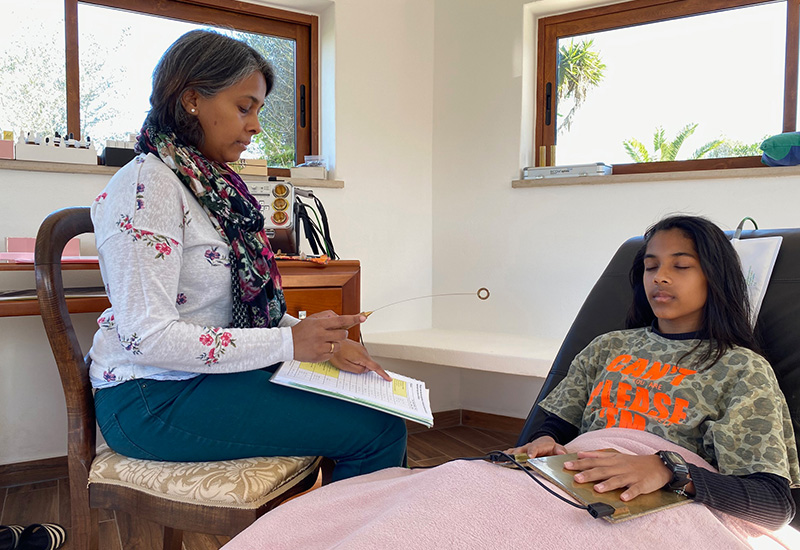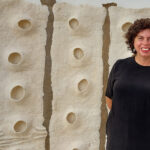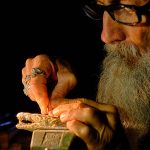It might seem counter-intuitive, but the sleepy Algarve is rapidly becoming known for its alternative therapies – psychedelic workshops using LSD, family constellation sessions with psychodrama techniques and even mushroom & surf camps – to name only a few. Now Portugal’s epicentre of tourism can add bioresonance to its innovative list.
As I entered the sunny hexagonal studio where Hemina Malde gives her Bioresonance treatments just outside of Lagos, I immediately felt the morning’s tension melt away from my body. Greeted by her kind and soft energy, I settled into a plush armchair and drank a big glass of water. Not suffering from any specific ailment, I was there to experience this alternative and somewhat controversial treatment to describe first-hand what it’s like – and what it is.
What is bioresonance therapy?
Bioresonance therapy is a form of alternative medicine that claims to use the principles of resonance and vibrations to diagnose and treat various health conditions. The therapy is based on the idea that every living organism has a unique electromagnetic frequency, which can be used to identify imbalances in the body and restore balance through the application of specific frequencies. Despite being popular among some alternative medicine practitioners, bioresonance therapy has received criticism from the scientific community for its lack of scientific evidence.
The history of bioresonance therapy can be traced back to the late 19th century, when scientists first started to study the electromagnetic properties of living organisms. In the 1950s and 1960s, the Russian physicist and mathematician Nikolai Kozyrev explored the concept of “time-energy”, which he believed was a fundamental aspect of the universe. Kozyrev believed that the resonance of living organisms could be used to diagnose and treat various health conditions.
In the 1970s, German physician Franz Morell and his son, engineer Horst Morell, developed a device that they claimed could diagnose and treat a wide range of health conditions using bioresonance therapy. The Morells named their device the Mora therapy, and it became widely used in Germany and other European countries. In the years since, a number of other bioresonance devices have been developed, each claiming to have unique diagnostic and therapeutic capabilities.
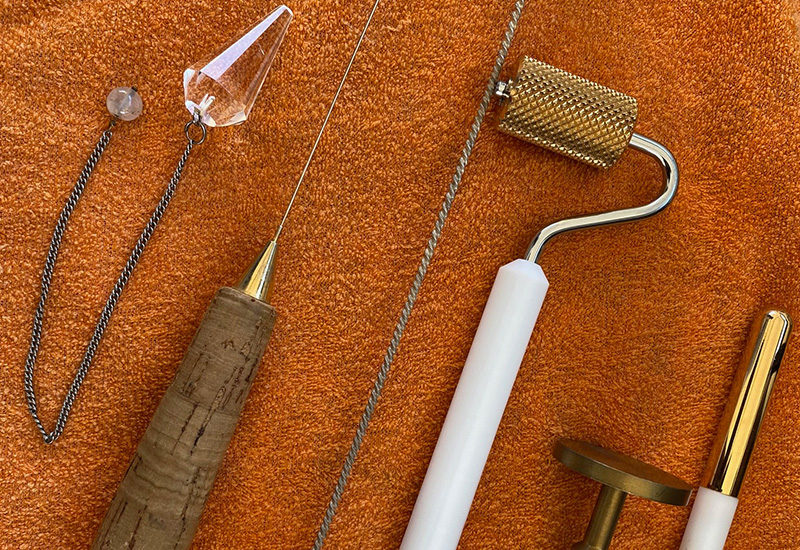
Scientific Data on Bioresonance Therapy
As Hemina pointed out, there have been very few comprehensive studies on bioresonance therapy. With no accompanying drugs to sell, it is not a profitable industry for the companies who often fund medical research.
But with more and more medical doctors pointing to non-pharmaceutical treatments for cancer – and some recent studies showing that food with antioxidant properties may be a valid treatment source – it’s easy to understand how the truth about how best to heal may get obscured by companies with financial motives.
In 2015, a study published in the Journal of Complementary and Integrative Medicine found that bioresonance therapy may be effective in reducing symptoms of allergic rhinitis. In the same journal, another study from 2019 found that bioresonance therapy may be helpful in treating chronic obstructive pulmonary disease (COPD).
Where did Hemina study Bioresonance Therapy?
Hemina describes herself as an extremely logical person. She tends not to believe anything until it has been proven. To her great surprise, when she happened upon this treatment after a family member recommended it for her son’s asthma – even across a large physical distance – she didn’t really believe it would help. But it did. It also cured her daughter of a severe case of eczema. And she says her family rarely suffers from any viruses or colds thanks to its healing properties.
Best known for treating the stressors that contribute to illnesses, bioresonance therapy doesn’t have a great reputation. Hemina acknowledges this and points out that there are major differences between trained therapists and those who simply put up a shingle and start charging for treatments. She also adds that one of the reasons for the lack of scientific data is that pharmaceutical companies don’t make money on the treatment. Therefore, they have no incentive to spend a lot of money studying it.
“I use a Bicom bioresonance therapy machine made by Regumed and I am also trained by them,” she explains. Although this type of bioresonance therapy is well known for the treatment of allergies, Hemina emphasises that her patients come in for anything and everything – from the need to eliminate heavy metals in the blood to chronic fatigue and back pain to sleep disorders. “We work with all kinds of illnesses, including bacterial infections, parasites and fungus,” she says. In order to make even more accurate diagnosis and treatment plans, Hemina can also do blood tests, which are called the BICOM body check. “I also bring in African flower essences as those are very powerful and I sometimes bring in Indian herbs and crystals to supplement the treatments.”
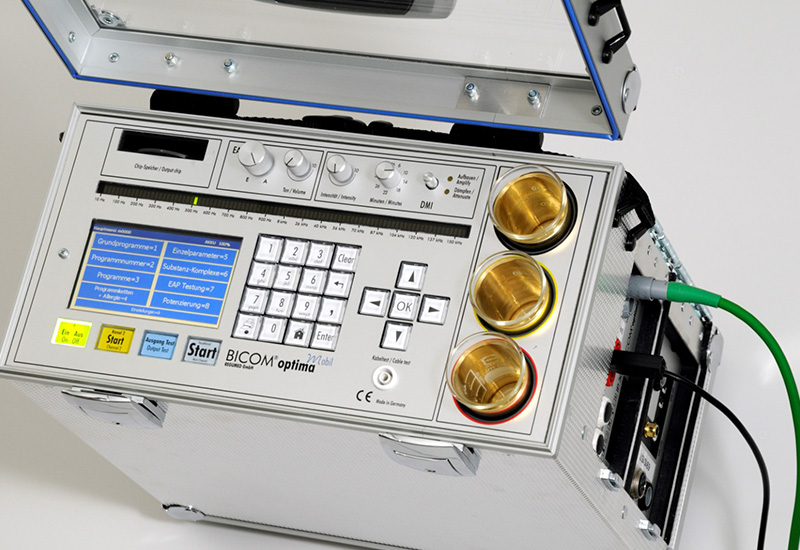
Trained by an Indian healer in Kenya 16 years ago, Hemina uses a machine that looks extraterrestrial to give an initial analysis of the patient. Based on the specific wavelengths coming from cells in the body, she can determine what treatment is best and how to proceed. In my case, for example, the machine found an excess of heavy metals. Although it is possible to know the origins based on the exact heavy metal in the system – for example, if you live near a petrol station and there is a constant exposure to fumes or you have lead, you can test your water and make sure you’re not getting heavy metals in your water – it requires some investigation to find the source. According to Hemina, the bioresonance machine can invert those metals and eventually get rid of them in my system. “I work with a combined test technique, so I use specific vials to invert toxins or other harmful substances or viruses, bacteria, parasites and fungus in the body and then complete a stabilising program,” she explains.
What does Bioresonance Therapy feel like?
Imagine sinking into a soft pillow and relaxing for an hour. For me, it was a cross between reiki and psychotherapy. It had energetic undertones but without the heavy-duty emotional baggage that can come with a psychology session. Covered in a warm blanket with my eyes closed, I was so comfortable and cosy I almost fell asleep. I did feel some slight vibrations but nothing dramatic. Overall, it was a pleasant and painless experience. Afterwards, I felt slightly tired. But the next day, I felt great and had less pain in my injured knee than before. In fact, I can say that the inflammation, which came from a snowboarding injury, is now entirely gone.
Whether it would have healed on its own anyway, I cannot say. But after my treatment I felt lighter and slightly more agile – certainly in my knees. Plus, I’ve ordered a test kit for my water as heavy metals are often a problem in our drinking water – and it’s the only logical place I can think of to check the source. On top of that, it’s an easy one to fix with a new filter.
So who knows? Maybe it saved a lot of suffering down the line to know I might be ingesting lead. Or maybe I just eat too much salmon.
Although bioresonance is usually recommended as a complementary treatment to more severe ailments, such as cancer or degenerative diseases, there are claims that this treatment alone can be effective too.
On Gwyneth Paltrow’s lifestyle website GOOP there is an article about the benefits of bioresonance for Lyme disease. The well-known TV presenter from the UK, Noel Edmonds, attributed his survival of prostate cancer to bioresonance. “A simple box that slows ageing, reduces pain, lifts depression and stress and even tackles cancer. Yep tackles cancer!” he wrote on his Twitter account.
So although the scientific jury is still very much out on bioresonance therapy, that doesn’t mean it isn’t effective. There are many mysteries in the universe that science cannot explain. So perhaps the best way to decide is to try it for yourself. After all, if you’re in the Algarve, you can now get an in-person treatment with an educated practitioner whose knowledge and learning span three continents of therapeutic tools and over fifteen years of experience.
For more information or to book a treatment, contact Hemina Malde at:
+351-967-583-449
Photos © Mitul Malde
